Hello friend HIVE all....
How are you today, Hopefully in a healthy there always is. On this occasion I will post several beetles I encounter on the front porch of the house. The weevil is very beautiful and shape. So made me interested in photographing her.
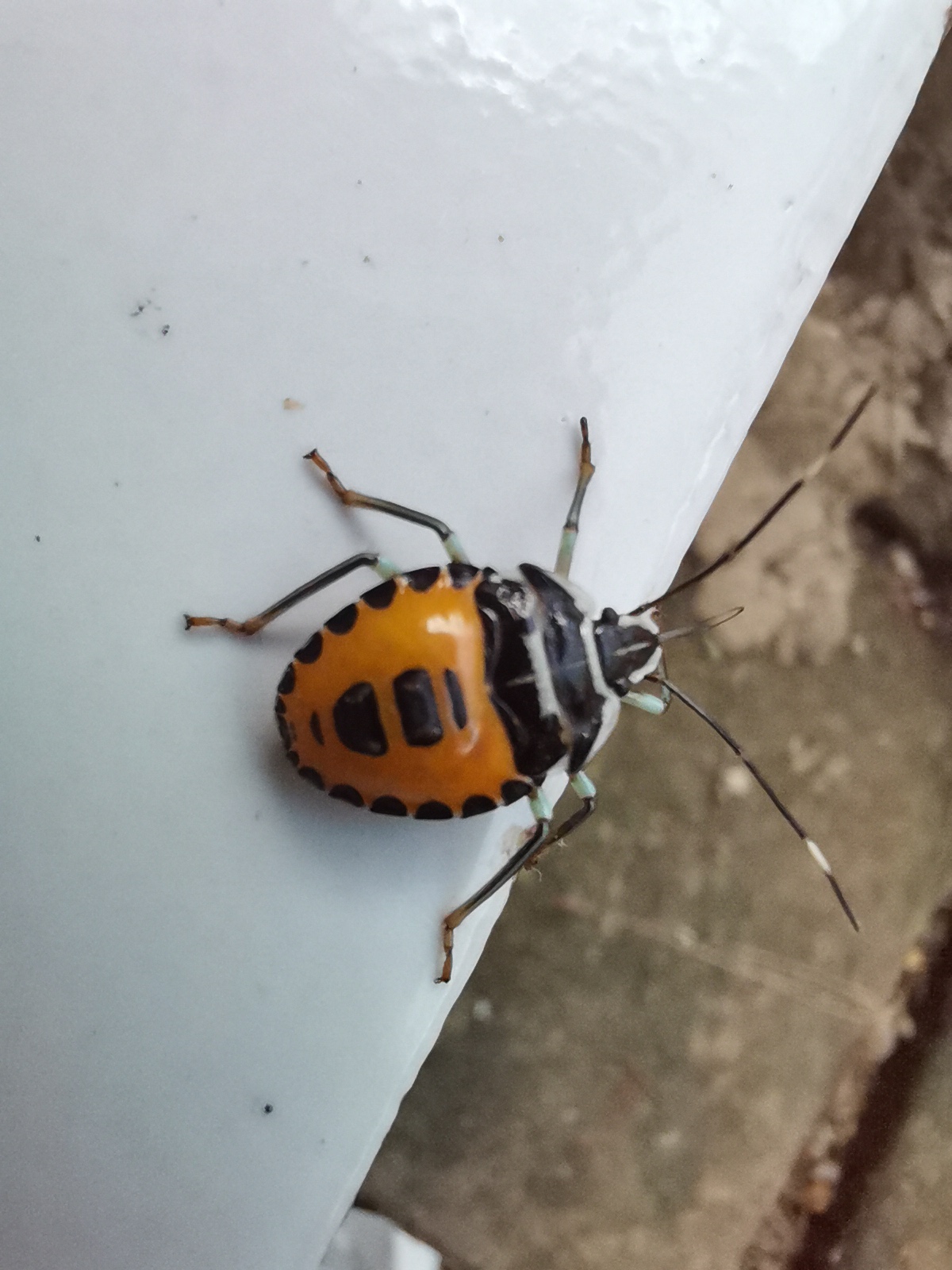
The harlequin bug is an important insect pest of cabbage and related crops in the southern half of the United States. This pest has the ability to destroy the entire crop where it is not controlled. The harlequin bug injures the host plants by sucking the sap of the plants, causing the plants to wilt, brown and die.
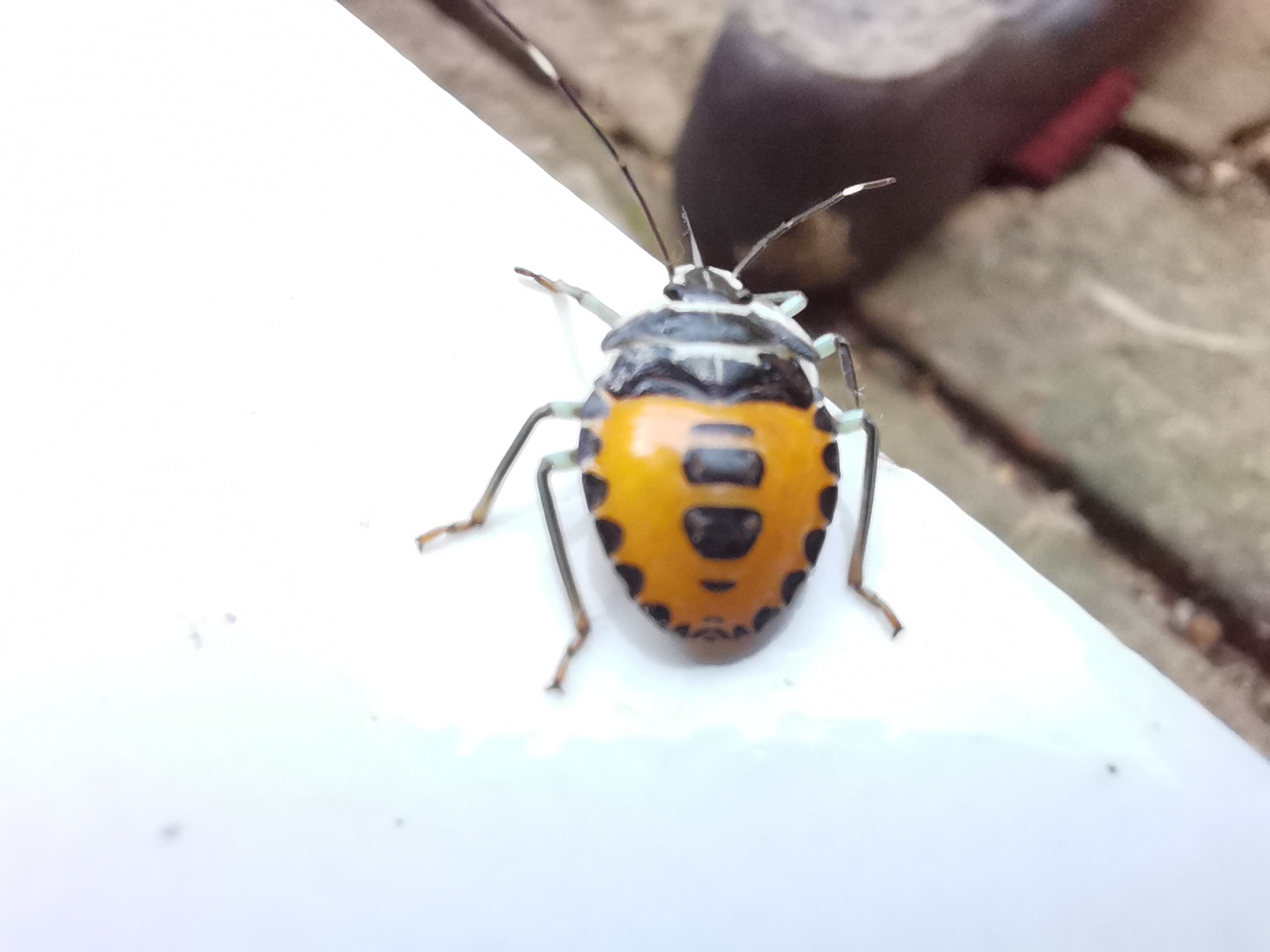
A generation of the harlequin bug requires 50 to 80 days. The life cycle consists of three stages: egg, nymph and adult. Harlequin bugs pass the winter as adults (commonly referred to as stink bugs) and true hibernation is doubtful.
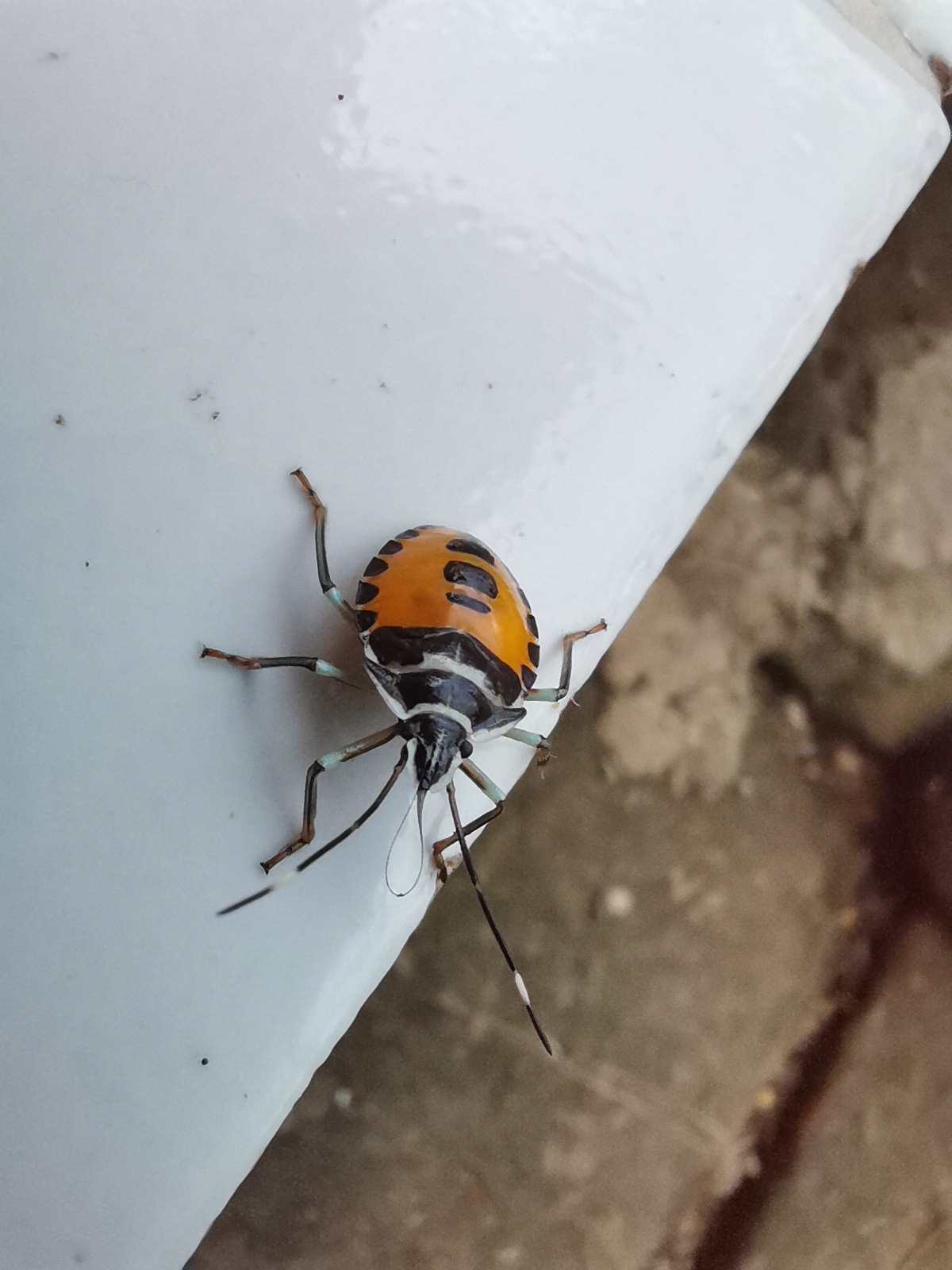
There are five or six nymphal instars that feed and grow for four to nine weeks before they are capable of mating. The head coloration of the nymphs ranges from pale orange (in first instar), darker (in second to fourth) to black (in fifth instar). Antennae of first instars are colorless and darken to black with each progressive molt. The thorax ranges from pale orange in first instars to a final pattern of scarlet, white, yellow and black in the fifth or sixth instars. The abdomen coloration progresses similarly to that of the thorax, getting showier with each progressive molt.

Hand-picking and destruction of the insect pests and egg masses may deter damage where low numbers of insects are found. Hand destruction of the adults in the fall and spring as they emerge from "hibernation" before they lay eggs is an effective control. This may be aided by the use of trap crops such as turnip, kale, or mustard in very early spring or late in the fall after the main crop has been harvested. Once the pests have concentrated in these areas, they can be killed by applying insecticides or by covering the trap crop with straw and burning. Trap crops should never be used unless they can be given careful attention to destroy the bugs attracted to them.
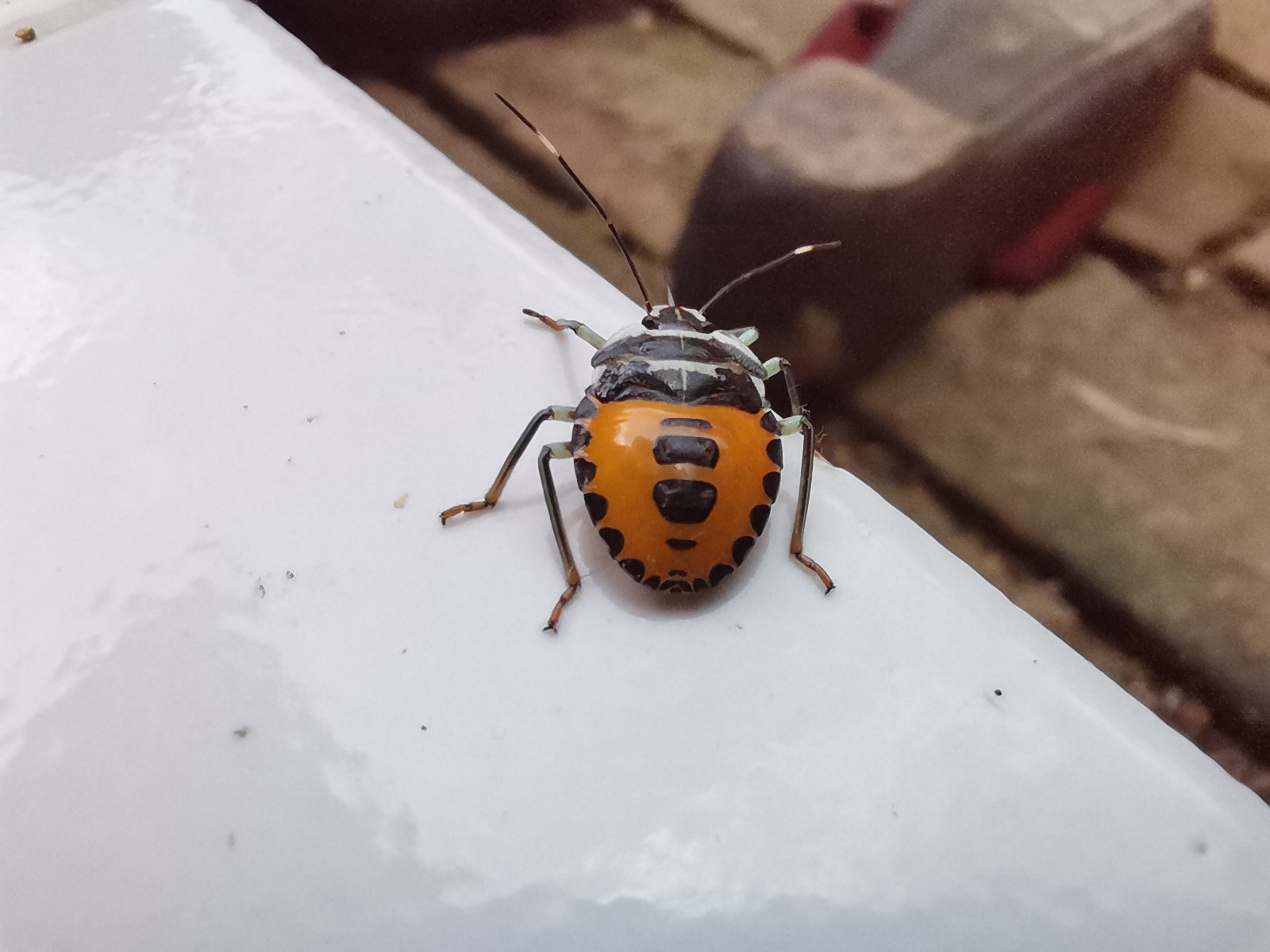
This is just my post today Hopefully useful for all of us.
regards sweet regards by: @ sulthan21

harlequin bug
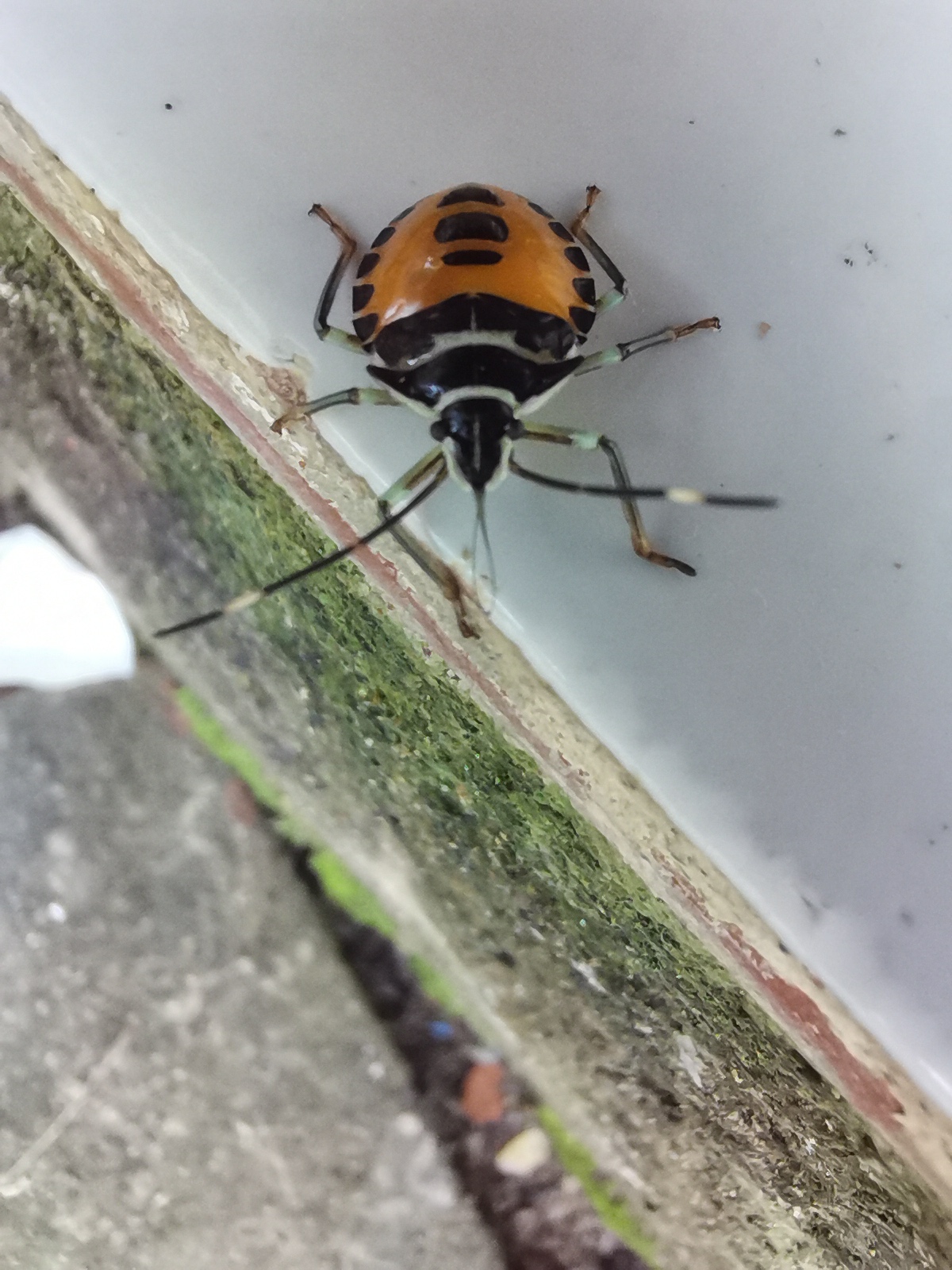
harlequin bug
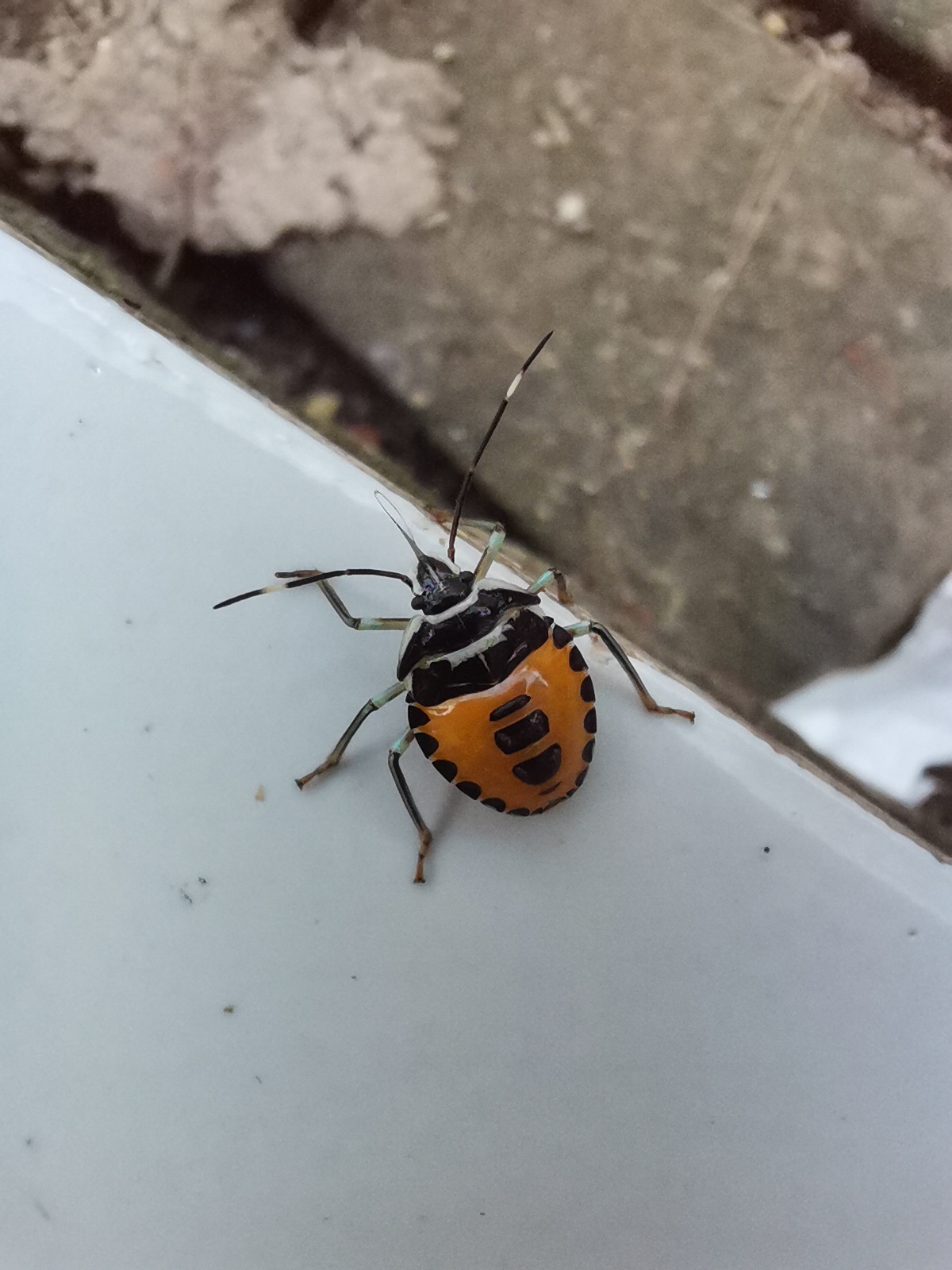
harlequin bug
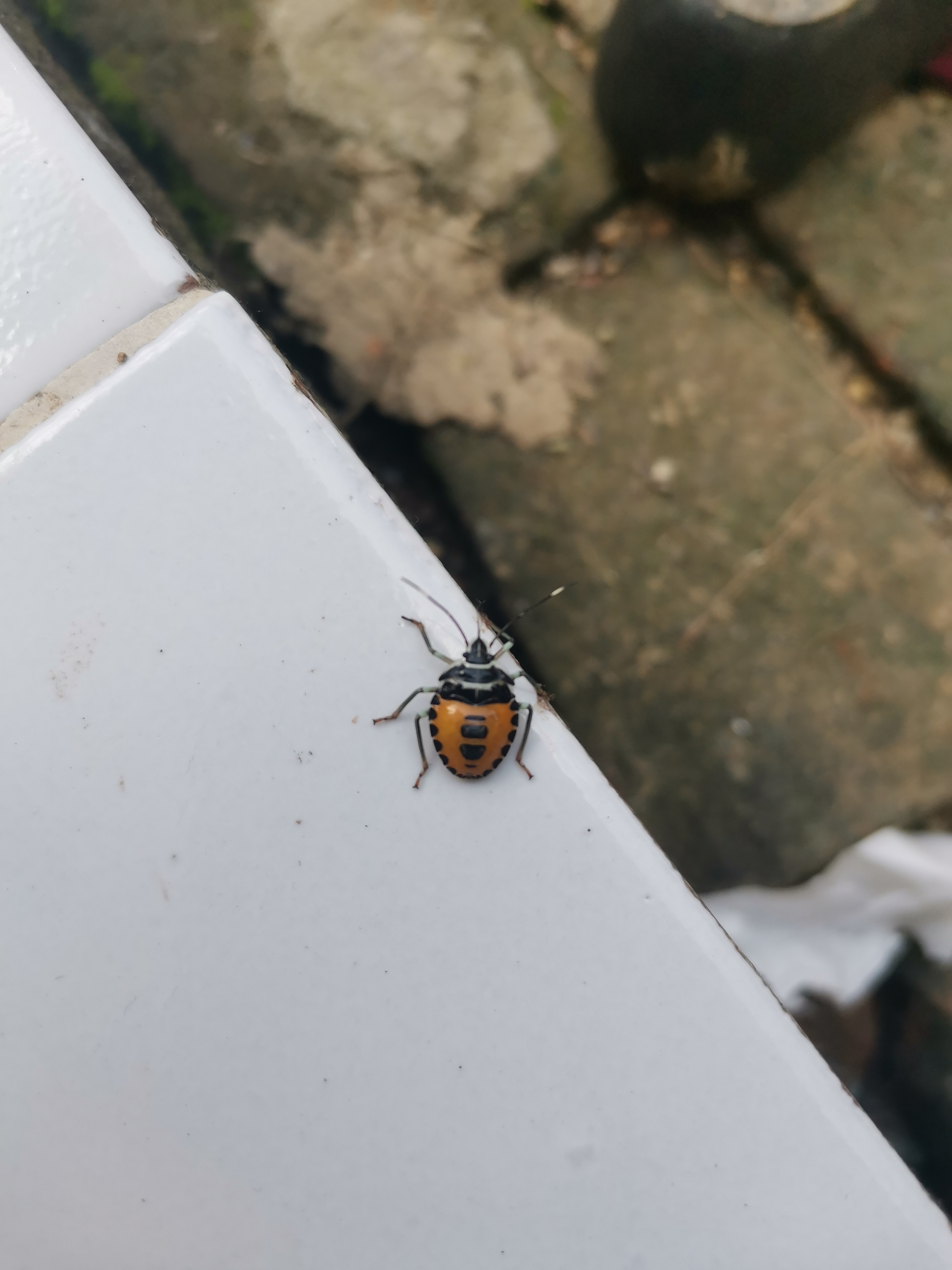
harlequin bug
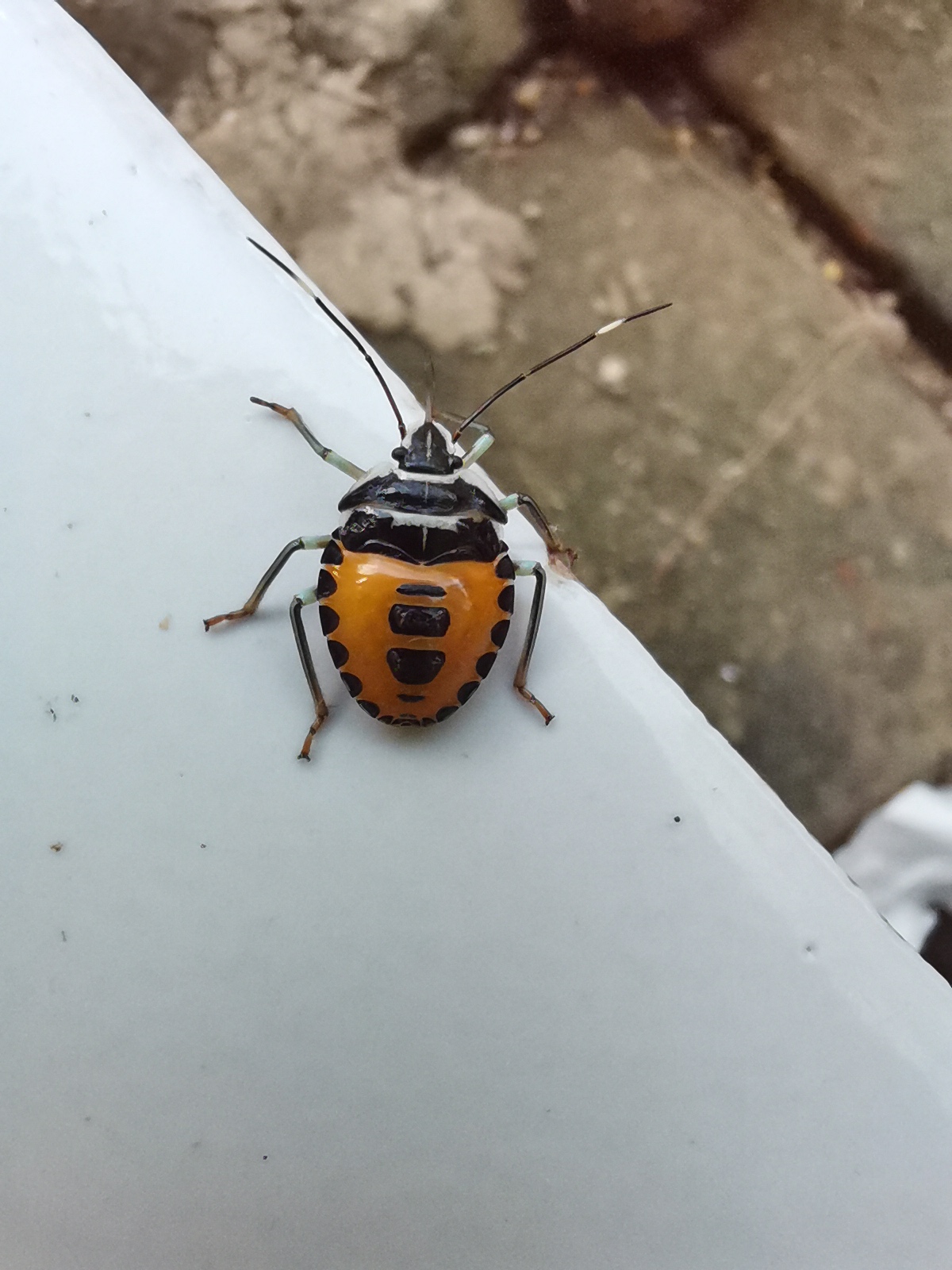
| Name | harlequin bug |
|---|---|
| scientific name | Murgantia histrionica |
| Insecta: Hemiptera | Pentatomidae |
| Used camera | handphone |
| Location | lhokseumawe |
| Photographer | @sulthan21 |